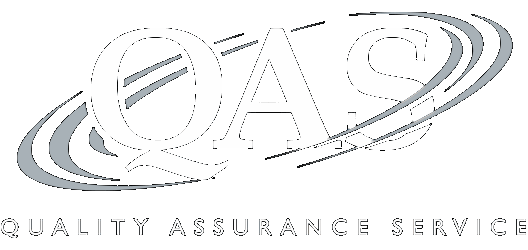Loss Limitations Analysis: Basis, At-Risk, Passive, and NOLs
Recording of a 110-minute CPE webinar with Q&A
This course will discuss the hierarchy of basis, at-risk, passive activity loss (PAL) limitations, net operating loss (NOL) limitations, and steps to avoid and mitigate the limitation of losses for owners of partnerships and S corporations.
Outline
- Basis
- At-risk limitations
- Passive loss limitations
- Net operating losses
- Section 461(l) Excess business loss limitation
- Planning opportunities
Benefits
The panel will review these and other notable issues:
- The appropriate hierarchy for application of loss limitations
- What constitutes amounts at risk for partnerships and S corporations
- How can activities be aggregated to avoid PAL limitations?
- When losses are carried forward, and how are losses applied to different types of income?
Faculty

John Hadwen, CPA
Tax Director
Albin Randall & Bennett
Mr. Hadwen joined ARB in 2021. He is a Director specializing in providing comprehensive tax compliance and tax... | Read More
Mr. Hadwen joined ARB in 2021. He is a Director specializing in providing comprehensive tax compliance and tax consulting relating to partnership, corporate, individual, construction, manufacturing, and professional service firm, and real estate taxation. Prior to joining ARB, Mr. Hadwen was a Tax Principal at a large, regional CPA firm.
Close
Joshua D. Smeltzer
Partner
Gray Reed
Mr. Smeltzer is a tax litigator defending clients in tax audits, tax appeals, and litigation in Federal District Court,... | Read More
Mr. Smeltzer is a tax litigator defending clients in tax audits, tax appeals, and litigation in Federal District Court, U.S. Tax Court, the U.S. Court of Federal Claims, and tax issues in U.S. Bankruptcy Court. His previous work as a litigator for the U.S. Department of Justice provides him with first-hand knowledge of how government lawyers build and litigate tax cases. Based on his impressive track record at the Department of Justice, Mr. Smeltzer received the agency’s Outstanding Trial Attorney Award seven times. He also has deep tax litigation experience in federal court, both as a private and government lawyer.
Mr. Smeltzer represents individuals, corporations, partnerships, and estates in a variety of tax issues involving tax reporting for cryptocurrency and foreign bank accounts, captive insurance arrangements, investments in conservation easements, charitable donations, a variety of tax deduction and tax credit disputes, as well as various transactions involving cryptocurrency and blockchain technology. He is often consulted on tax issues arising from significant financial events, such as large financial transactions, litigation settlements, transfers of assets to family limited partnerships or other entities, and tax issues surrounding the sale of business assets or stock.
CloseAccess Anytime, Anywhere
CPE credit is not available on downloads.
CPE On-Demand
